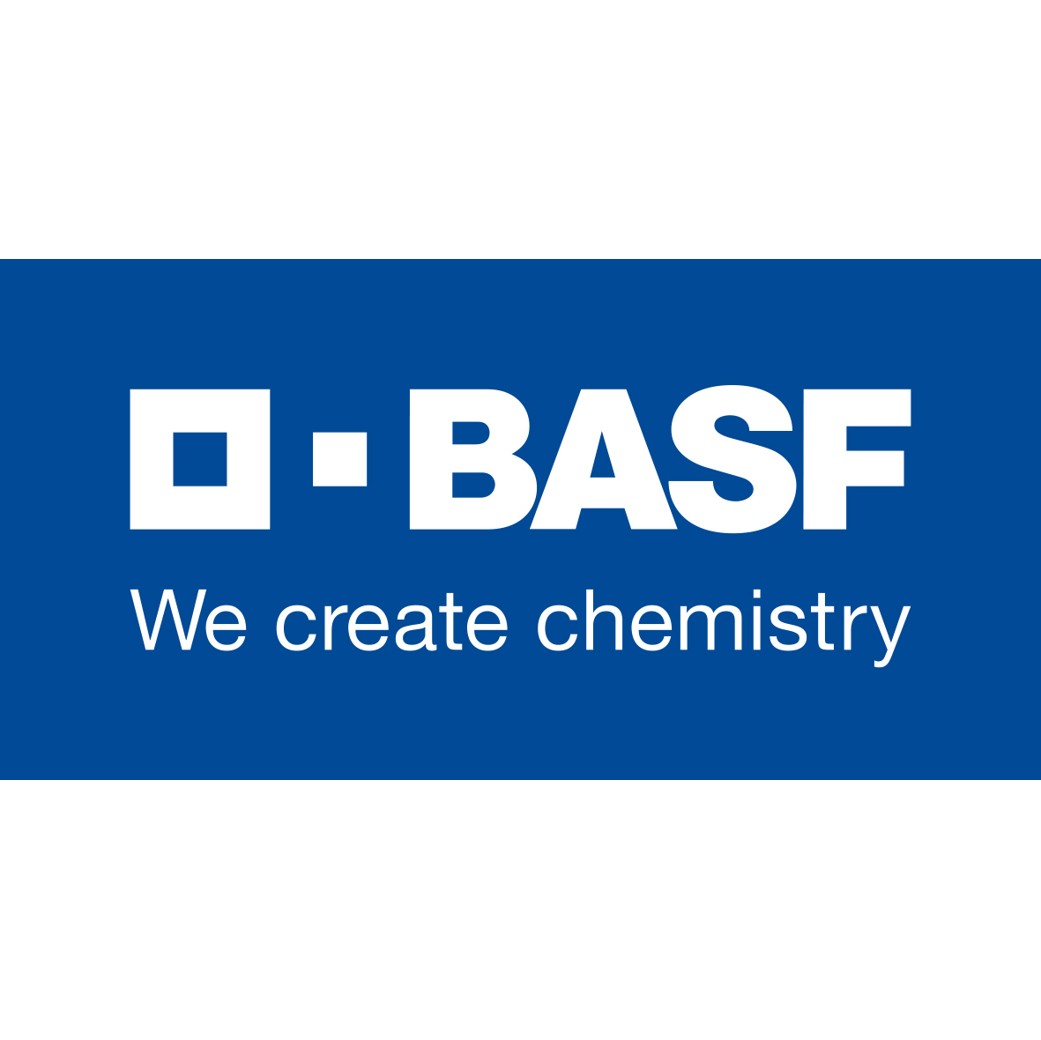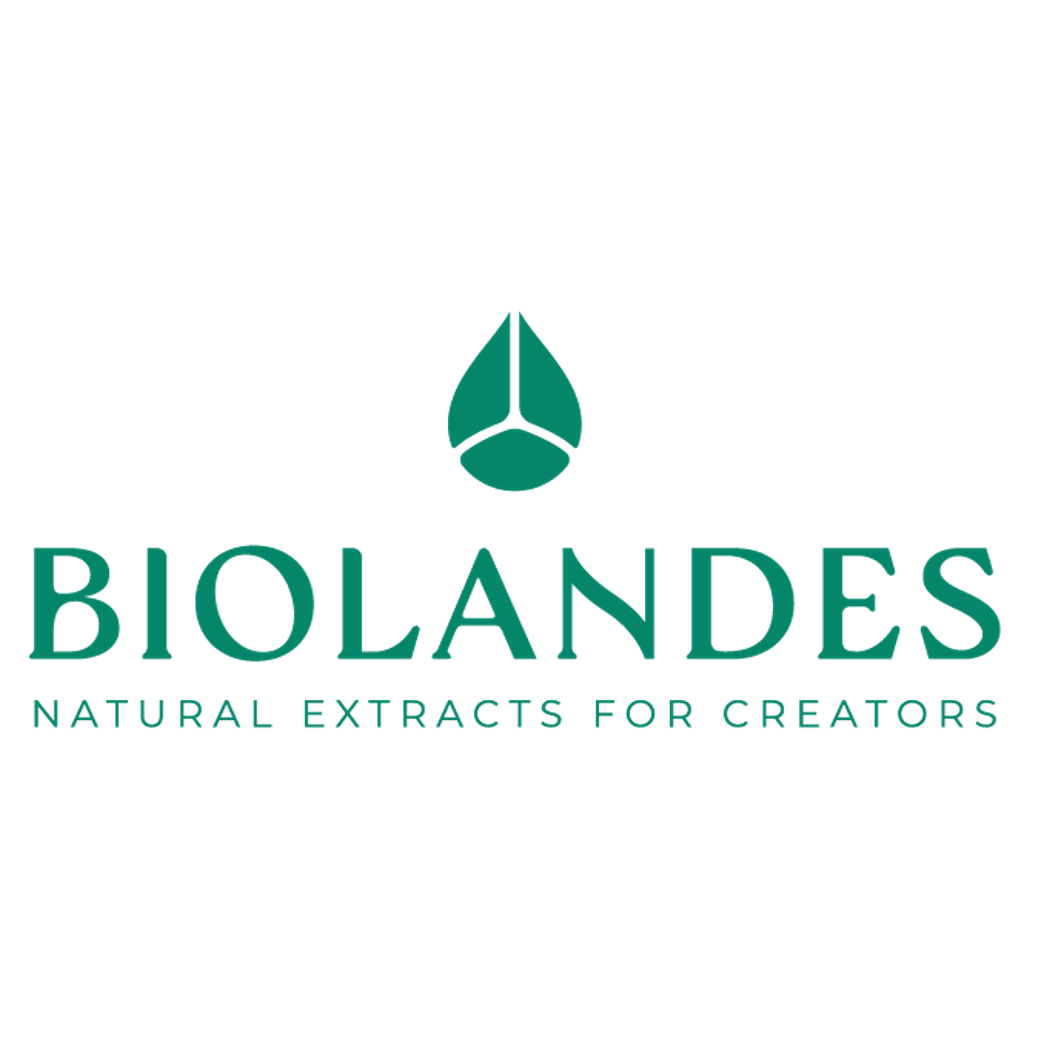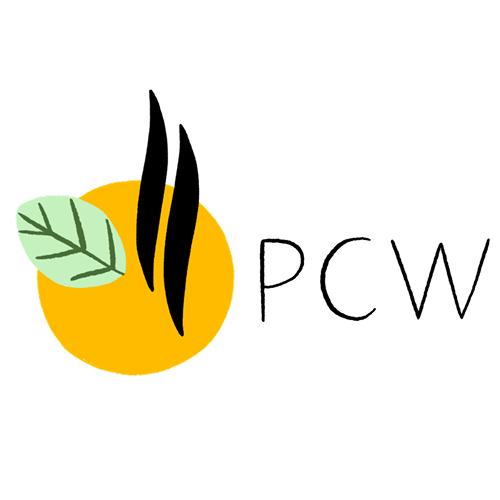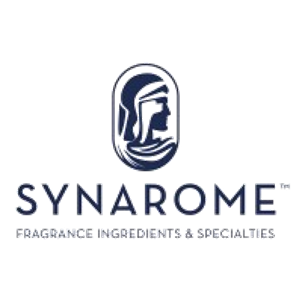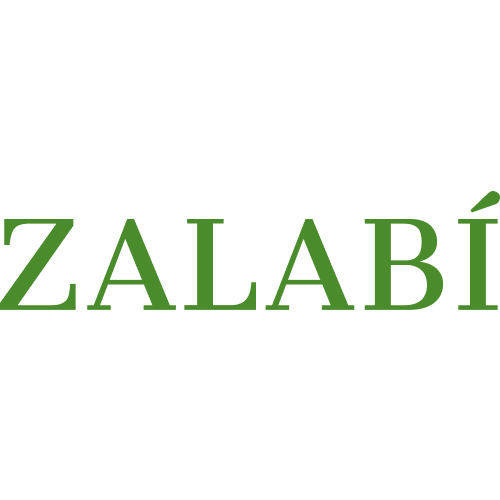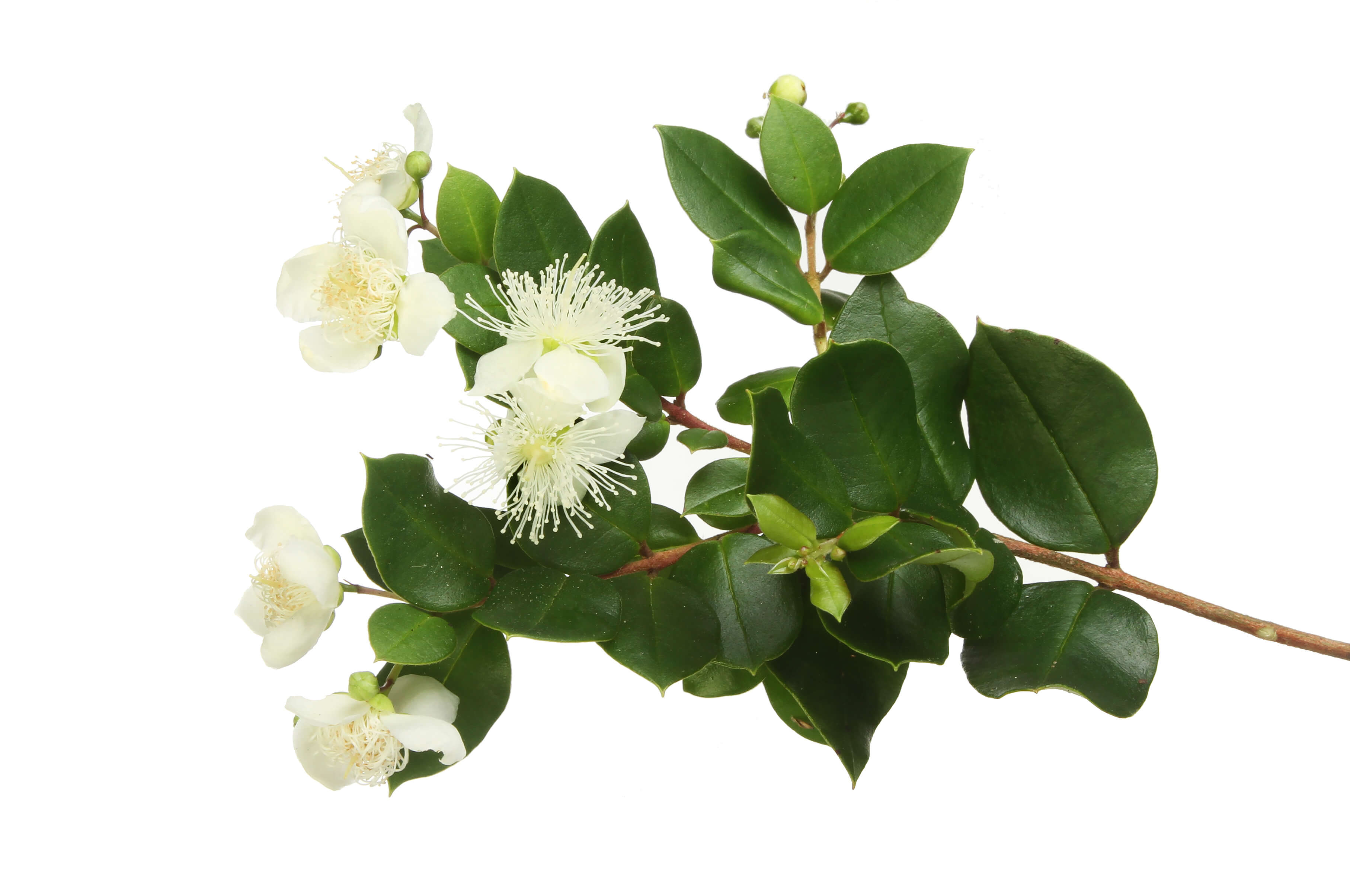
| Company | Ingredient Name | ID | Comments | Naturality | Certifications | MOQ | Latin name | Treated part | Geographical origin |
|---|---|---|---|---|---|---|---|---|---|
|
|
Huile essentielle de Myrte verte - 30 gr | - |
Visit website
|
- | - | - | - | - | |
|
|
MYRTE | P00627889000 |
Visit website
|
Huile essentielle | - | Myrtus communis L. | Feuille | Maroc | |
|
|
MYRTE | B665 |
Visit website
|
Huile essentielle |

|
- | Myrtus communis L. | Feuille | Maroc |
|
|
MYRTLE TUNISIA EO | - |
Visit website
|
- | 10 grs | - | - | - |
General Presentation
-
CAS N° :
8008-46-6 -
EINECS number :
282-012-8 -
FEMA number :
Donnée indisponible.
-
Volatility :
Heart -
Price Range :
Donnée indisponible.
Physico-chemical properties
-
Appearance :
Colorless liquid -
Density :
0,871 - 0,891 @20°C -
Refractive Index @20°C :
Data not available. -
Optical rotation :
-
Vapor pressure :
Data not available. -
Flash Point :
Data not available. -
Acid Value :
Botanical informations
Botanical name :
Myrtus communis L.
Synonyms : Myrtus boetica Mill. // Myrtus buxifolia Raf.
Botanical profile :
Myrtle is a shrub belonging to the Myrtaceae family (such as clove, eucalyptus or pepper) and to the genus Myrtus L.
Chemotypes :
There are about 240 species within the genus Myrtus L. In perfumery, however, we only use Myrtus communis L.. Two chemotypes exist:
Eucalyptol chemotype (Green Myrtle EO): found in Tunisia, France (Corsica), and Lebanon.
Myrtenyl acetate chemotype (Red Myrtle EO): found in Morocco and the former Yugoslavia.
⚠️ Note: the denomination Lemon Myrtle does not botanically refer to a species of the genus Myrtus L., but rather to Backhousia citriodora F.Muell. (still in the Myrtaceae family, but unrelated to Myrtus L.).
Extractions & Uses
Extraction process :
This essential oil is obtained through hydrodistillation of the branches and twigs of the shrub. These are harvested between May and June of each year.
The extraction process results in a yield between 2 and 3% (about 1kg of EO for 800kg of plants) for a duration of about 1h30.
Myrtle essential oil needs to be rectified.
Hydrolat possible, used especially in aromatherapy.
Uses in perfumery :
Data not available.
Stability :
Data not available.
Major Components :
- For Eucalyptol chemotype :
- Alpha-pinene (45 - 50%)
- Eucalyptol (20 - 25%)
- D-Limonene (5 - 7%)
- Linalool (2 - 5%)
- Geranyl acetate (2,5 - 5%)
- Myrtenyl acetate (< 1%)
- For Myrtenyl acetate chemotype :
- Eucalyptol (20 - 40%)
- Alpha-pinene (18 - 25%)
- Myrtenyl acetate (15 - 20%)
- D-Limonene (8 - 10%)
- Linalool (2 - 8%)
- Geranyl acetate (2,5 - 5%)
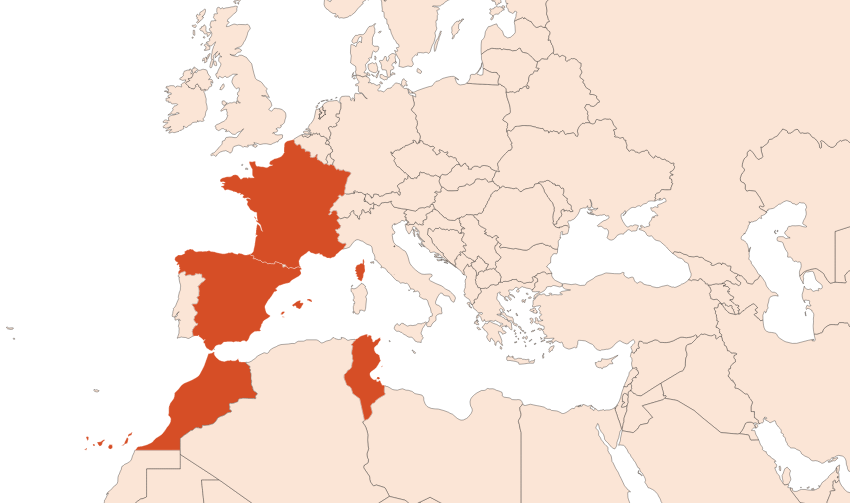
Photo credits: ScenTree SAS
Other comments :
Myrtus was the Latin name, derived from the Greek ''murtos '', which in turn was derived from ''myron '', meaning “perfume.”
IFRA
IFRA 51th :
This ingredient is restricted by the 51th amendment





